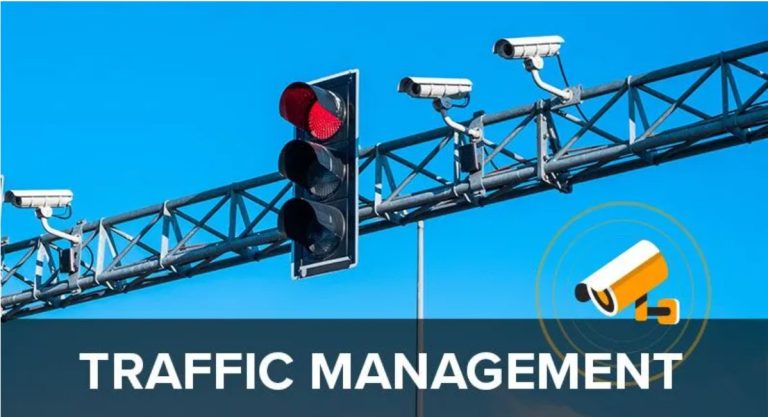AIOps: Predict Outages Before They Hit

AIOps promises fewer 3 a.m. pages and calmer release days by using machine learning to spot weak signals that precede incidents. For teams separating hype from practice, resources like techhbs.com help translate research into runbooks that reduce downtime. This guide explains how predictive AIOps works, where it delivers value, and how to adopt it responsibly without creating a black box.
Why predicting beats reacting
Traditional monitoring fires when thresholds trip, which means customers already feel pain. Predictive AIOps looks for leading indicators: saturation trends, anomaly clusters, dependency lag, and configuration drift. Instead of a monolithic “health score,” it produces specific hypotheses like “cache eviction rate will exhaust capacity within twenty minutes” or “latency spike will follow the next deploy unless canary fails fast.” Early warnings buy teams minutes to scale, roll back, or reroute.
Core building blocks
Start with clean data. Ingest metrics, traces, logs, events, feature flags, deploy metadata, and cost signals into a unified lake. Use entity models to map services, queues, databases, and third-party APIs. Combine time-series forecasting, change point detection, and graph reasoning. Embeddings capture similarity between incidents and services, while causal features separate correlation from cause. A feature store ensures consistent inputs across training and production.
High-value predictions
Focus on problems where actionability is clear. Capacity exhaustion forecasts guide autoscaling or prewarming. Release risk scores flag builds that resemble past regressions so you gate promotions or expand canaries. Dependency risk models detect upstream saturation before it cascades. Error-budget burn predictors anticipate SLO violations so teams throttle, shed load, or spin up read replicas. Kubernetes-specific models foresee node pressure, image pull storms, and pod crash loops.
Integrating with DevOps and SRE
Predictions must change behavior to be useful. Surface them in tools engineers use: PR comments, deployment dashboards, runbooks, and chat. Tie each forecast to a ready action—“apply this HPA patch,” “activate feature flag guard,” or “pause rollout until canary meets SLO.” During incidents, AIOps agents assemble context, rank probable causes, and propose remediations while leaving high-risk steps for human approval.
Data quality, drift, and feedback
Garbage in, garbage out. Automate schema validation, unit tests for dashboards, and lineage checks so broken collectors do not poison models. Monitor drift in traffic mix, seasonality, and topology. When alerts are dismissed or playbooks are chosen, record that feedback to retrain models. Maintain a library of synthetic adversarial scenarios—noisy deploys, partial outages, clock skew—to avoid overfitting to sunny-day patterns.
Safety, trust, and explainability
Engineers will ignore predictions they cannot understand. Favor interpretable features and show the top drivers: saturating queue, rising GC pause, or elevated 5xx from an upstream. Provide confidence bands and expected time to impact. Keep approvals tiered: low-risk automations can run instantly, while risky actions require a click. Every forecast and action should have an audit trail that captures inputs, versions, ownership, and outcome.
Multicloud and edge realities
Most organizations span clouds, regions, and edge sites. Normalize telemetry units and labels so models learn once and generalize. Place collectors near data sources to reduce egress and lag. For edge clusters, run lightweight models locally and reserve heavier reasoning for the control plane. Respect rate limits and quotas; back off to avoid melting your own APIs during a surge.
Tooling choices that scale
Favor declarative infrastructure so predictions translate into diffs: Terraform, Pulumi, and GitOps tools make actions auditable. Use columnar storage and vector indexes to support fast similarity search across incidents. Choose stream processors that handle out-of-order events. Package models behind stable APIs and version them like code. Build dashboards that track lead time gained, avoided incidents, and false-positive rates.
Common pitfalls to avoid
Do not chase a single “magic” model. Outage mechanisms vary, and ensembles often win. Avoid vanity metrics; a ROC curve means little if engineers do not act. Beware automating noisy alerts; you will scale chaos. Never skip chaos experiments and game days; they harden both models and teams. Resist centralization without domain input—service owners know constraints that make a prediction actionable.
Adoption roadmap
Phase one identifies one service and one outcome, such as preventing cache exhaustion. Phase two wires ingest, defines features, and builds a baseline forecaster with clear evaluation metrics. Phase three embeds predictions into CI/CD and runbooks, then measures lead time and avoided incidents. Phase four adds remediation templates and limited autonomy under policy. Phase five scales across services, adding cross-dependency models.
The bottom line
AIOps is not magic; it is disciplined engineering that converts telemetry into foresight and foresight into safe action. When predictions are transparent, data is trustworthy, and automations are constrained, teams cut mean time to recover, protect error budgets, and ship with confidence. The payoff is fewer late-night pages and more time improving the product instead of firefighting.


